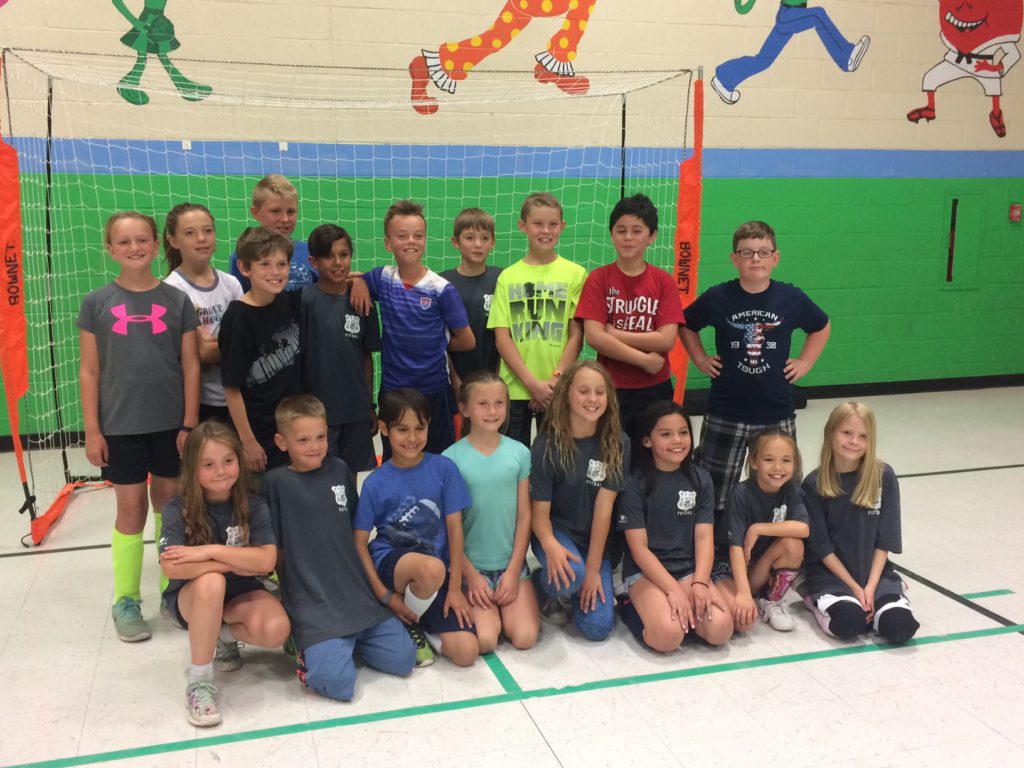

They learn best through a progression of developmental building blocks

Indoor soccer and futsal, such as played at Evolve Soccer LA, are wonderful examples of creating street-like soccer atmospheres where players can gain skill benefits from the small-sided games. Trying to beat 2-3 players will still be a challenge, but more opportunities in small-sided games will give players the freedom to be creative, more gritty, decide whether to dribble or pass, and how to protect the ball. With dribbling, a young player will have a much better chance of success when 20 other players are not trying to take the ball away. Reducing the number of players in a game simplifies the situations young players have to deal with. With soccer, young players will be more successful and confident with the ball playing with a few teammates, than at 11v11. Children learn at different ages and usually understand concepts by a building block method.įor example, for a person to learn algebra, they first need to learn addition and subtraction. Apart from these drills, here are a few other things that you might want to keep in mind while coaching the budding stars.Small-sided games are some of the most important aspects of soccer training for young players. You can also adopt it, just alter it slightly. This means Strength, Agility and Quickness.

This can be a real engrossing exercise, and helps improve the alertness and speed of the players.Įvery soccer training program and soccer drill concentrates on the SAQ model. Once all the players from the attacking side are done with their turn, the defending team gets a chance to do the same with the opposite team. If the player from the opposite team manages to make it past all the defending players, he secures one point for his team, and his teammate can now try to do the same. If the attacking player loses possession of the ball, he is disqualified. These players can only move to either side, and try to stop the player from the opposite team from dribbling the ball past him. The defending team will have a player, each stationed at intervals of about 5 yards. One of the teams could start off by defending their base, while the other tries to attack it. Divide the teams equally, ideally with a maximum of 5 players in each team.


 0 kommentar(er)
0 kommentar(er)
